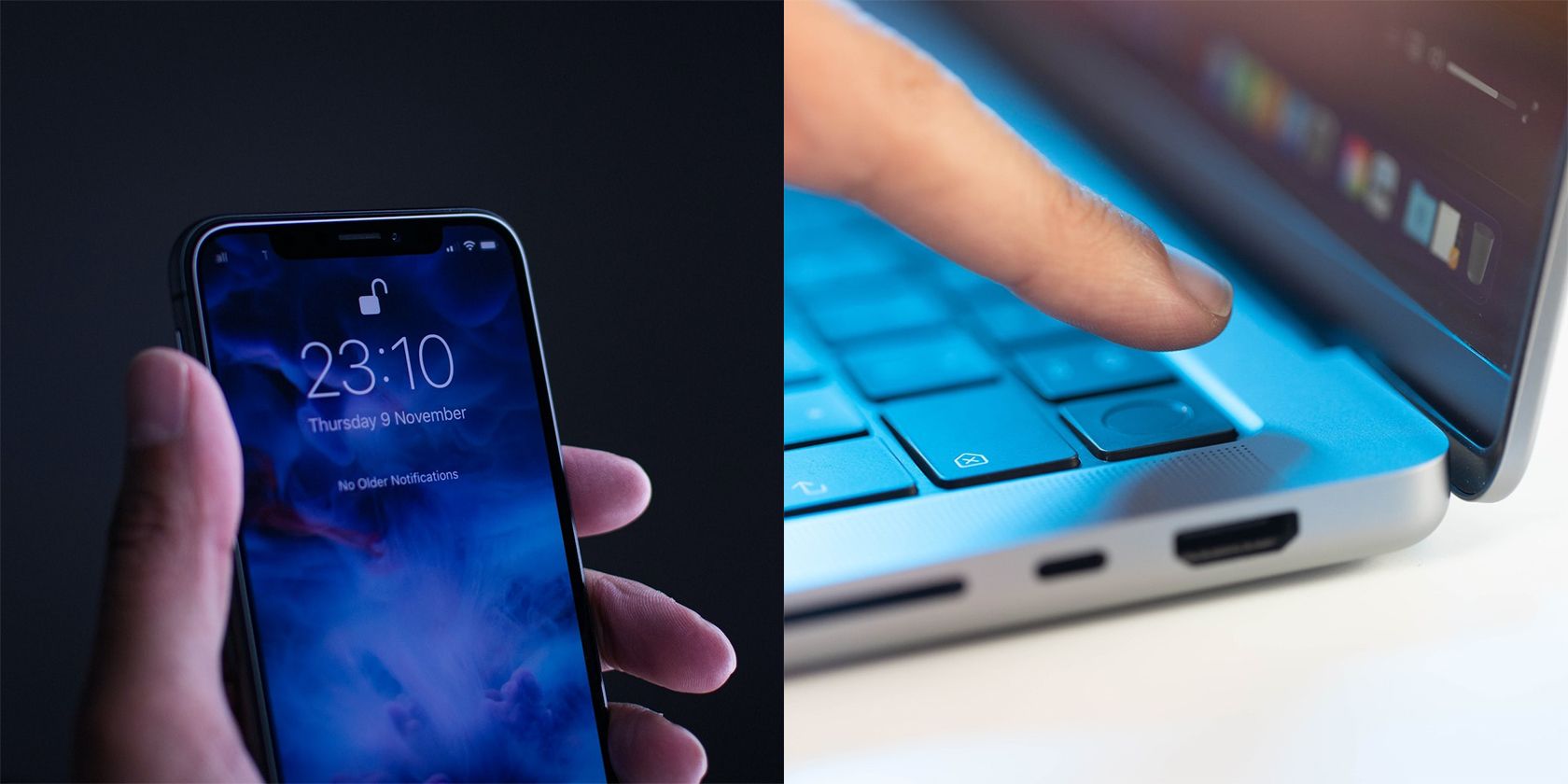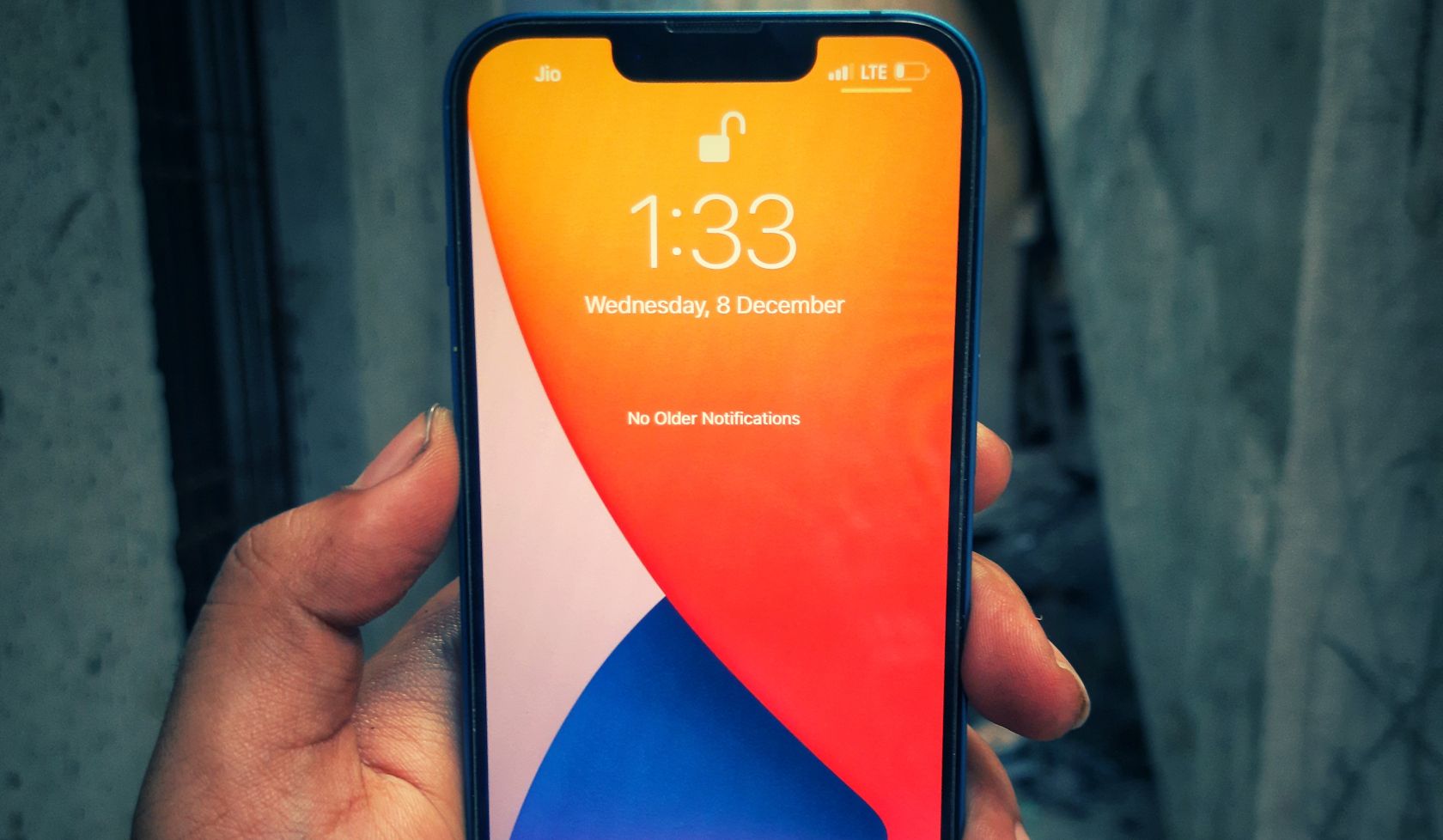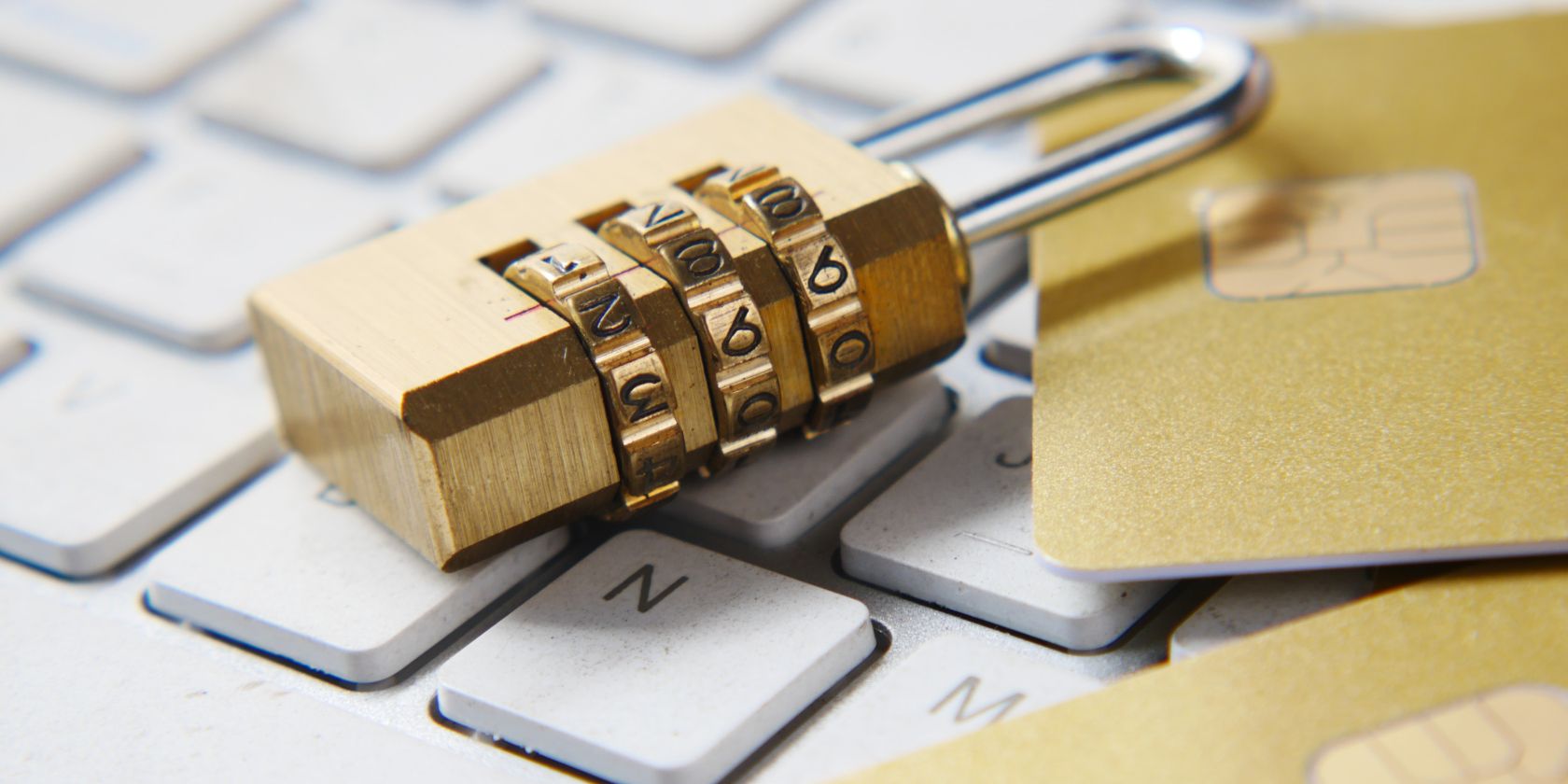In 2013, Apple introduced Touch ID to its users for the first time alongside the iPhone 5s. Four years later, in 2017, Apple released the iPhone X without a Touch ID Home button but instead with Face ID.
Since then, Apple has extended these features to other products in the lineup. But which of them is better and why? Here, we'll explore what we think of these biometric authentication methods on the iPhone, iPad, and Mac.
User Experience and Convenience
First of all, Touch ID and Face ID are nifty replacements for typing in passwords whenever you want to unlock your device. And from a user interface perspective, they both qualify as huge upgrades.
However, when you compare the two technologies on iPhones and iPads, it's clear that Face ID is more convenient. The main reason Face ID comes out ahead is just the fact that you can unlock your device without touching it.
You will be incredibly thankful for this when you need to unlock your phone, but your hands are dirty. Like when you're cooking, and you just need to see who sent you a message.
While there are reasons why Apple should bring Face ID to Macs, the company has tried to ensure Touch ID is as convenient as possible on newer Macs running the latest macOS. The sensors are way better than we were used to on Touch ID-equipped iPhones, and you can even register multiple fingers to unlock your Mac.
Touch ID could also be convenient if you wear masks often. On older iPhones, like the iPhone X, iPhone XS, and iPhone 11 lineup, Face ID can't recognize you if your nose and mouth are covered. But covered faces aren't the norm, and that still puts Face ID ahead for convenience.
More importantly, ditching the Touch ID-equipped Home button for Face ID has helped Apple improve the aesthetics of the iPhone by offering more screen real estate, less obstructive bezels, and a sleeker, more modern design.
Sure, Apple could put Touch ID sensors under the display like most Android manufacturers have. But for some reason, the company seems to have abandoned Touch ID on iPhones and iPads and has decided to move forward with Face ID instead.
Unlocking Speed
As an extension of convenience, we must consider speed. And once again, Face ID takes the cake in this section. Because of its further range and more advanced sensors, Face ID can get you into your device faster than Touch ID usually can.
Touch ID uses technology that measures the electric current conducted by your finger, then turns the feedback into a mathematical representation which it uses to compare against the data stored on your phone. The entire process is about 1 second slower than Face ID's near-instantaneous infrared imaging.
So, if you're trying to choose a device based on how quickly you can get into it, it's better to go with an iPhone or iPad with Face ID support.
Versatility and Security
Touch ID may just be more versatile and secure than Face ID. You can better appreciate this versatility when considering Face ID on a Mac.
The technology in Face ID requires Apple to improve Mac's webcams by adding complicated cameras and sensor systems. Not only could this change the almost perfect design MacBooks and iMacs have, but it could also really drive up the price for a feature Macs don't really need.
We don't use Macs in the same way we use iPhones and iPads, so there's hardly any need to install expensive technology to unlock your computer with your face. Since Touch ID, so far, has worked on every major product line, it is technically the most versatile biometric security feature in Apple's history.
As for security, both Face ID and Touch ID data are stored in a Secure Enclave as mathematical data only the OS can access. However, Touch ID seems to be the one more likely to protect your device from an intruder.
If someone had your phone and tried to unlock it while you were asleep, they only have to hold the phone to your face to open it. And while someone close to you can guess your passcode, getting you to put your finger on a device you don't want to unlock would be challenging.
Also, twins and sibling lookalikes can access your device with Face ID. Face ID's data comparison gives room for marginal error, meaning that someone with similar enough facial structure and composition could gain access to your device. While Touch ID isn't 100% foolproof either, the possibility that someone has a close enough fingerprint to yours is too low to matter.
It's also unlikely someone can fake your fingerprint and use it to unlock your phone since the devices can detect if the user is alive. Plus, various iOS security settings and features will force an intruder to use a passcode if they sense foul play.
Reliability and Accuracy
Face ID and Touch ID both have scenarios where they don't work. But if we were to tally the scenarios, Touch ID would have more instances of unreliability.
Wet hands? Dirty hands? Sweaty hands? Scarred hands? Greasy Home button? Gloves? These are all daily occurrences that could cause your Touch ID to fail. Face ID, on the other hand, only fails when it's too bright or if your face is covered with something like a mask or sunglasses.
Both technologies try to be adaptive and learn small changes in your face or finger as time progresses. However, Face ID seems to do it better than Touch ID, but that might be a result of Face ID's larger margin of error.
Touch ID Isn't as Obsolete as You Might Think
The points addressed here suggest that although Face ID is clearly the more convenient of the two, Touch ID still has a solid case for security and versatility. And while that's just one category, it's a pretty strong one, to say the least.
However, Apple is constantly improving Face ID, and eventually, it might just get good enough to surpass Touch ID entirely in security. The company might also bring Face ID to Macs to make it the standard authentication method across all devices. But for now, Touch ID is still going strong—at least on the Mac—and is far from obsolete.




